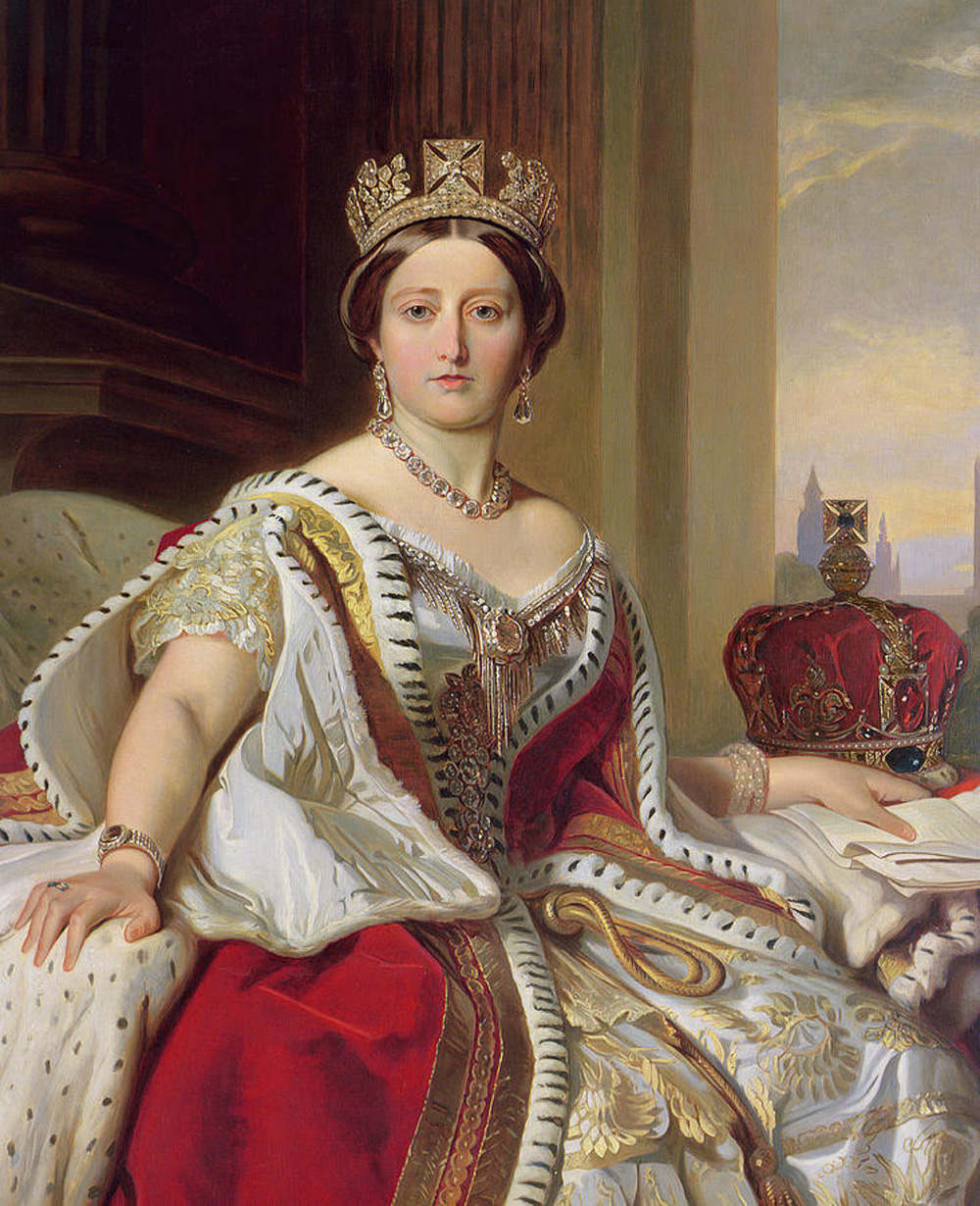
Jewelry has long been known to symbolize status and wealth and the more awesome the jewelry the more powerful the person, but perhaps the lack of jewelry is more symbolic. That was the topic of discussion when jewelry aficionados gathered at the 92nd Street Y in New York City for “The Secret Language in Portraits of Power,” sponsored by Christie’s. In her introductory remarks, Daphne Lingon, Christie’s head of jewelry, noted that this panel brings together the worlds of art, history and jewelry to interpret how royalty and the wealthy used clothing and jewelry to establish their place in society.
The panel was moderated by Town & Country editor-in-chief and jewelry enthusiast, Stellene Volandes. “We never want you to look at a portrait the same way again,” said Volandes when she introduced the panel. “We want you to look at how jewelry is worn as a symbol of power and wealth versus elegant restraint and the absence of jewelry.”
The discussion kicked off with a portrait of Queen Victoria by Franz Xaver Winterhalter (above), an artist who painted many royals in the 19th century. Panelist Diana Singer, jewelry historian, estate jewelry dealer and president of the American Society of Jewelry Historians, explained the jewelry in the portrait, which was painted in 1859. In this portrait, Victoria not only showed her power jewels, but her sentimental side as well. “Queen Victoria is wearing the coronation necklace, which has 161 carats of diamonds mounted in silver, which was the metal of choice to mount diamonds at that time,” explained Singer. “The stones were obtained from sword hilts and other jewelry and then assembled by the court jeweler Garrard. Her crown had the symbols of Scotland — a thistle; Ireland — a shamrock; and England — a rose. The 104-carat Stuart sapphire is also in the portrait.”
Showing her sentimental side, Queen Victoria wore a turquoise and pearl ring from Prince Albert — the turquoise symbolized fidelity and the pearl purity. She was also wearing a portrait bracelet of Albert, which according to Singer, she never took off.
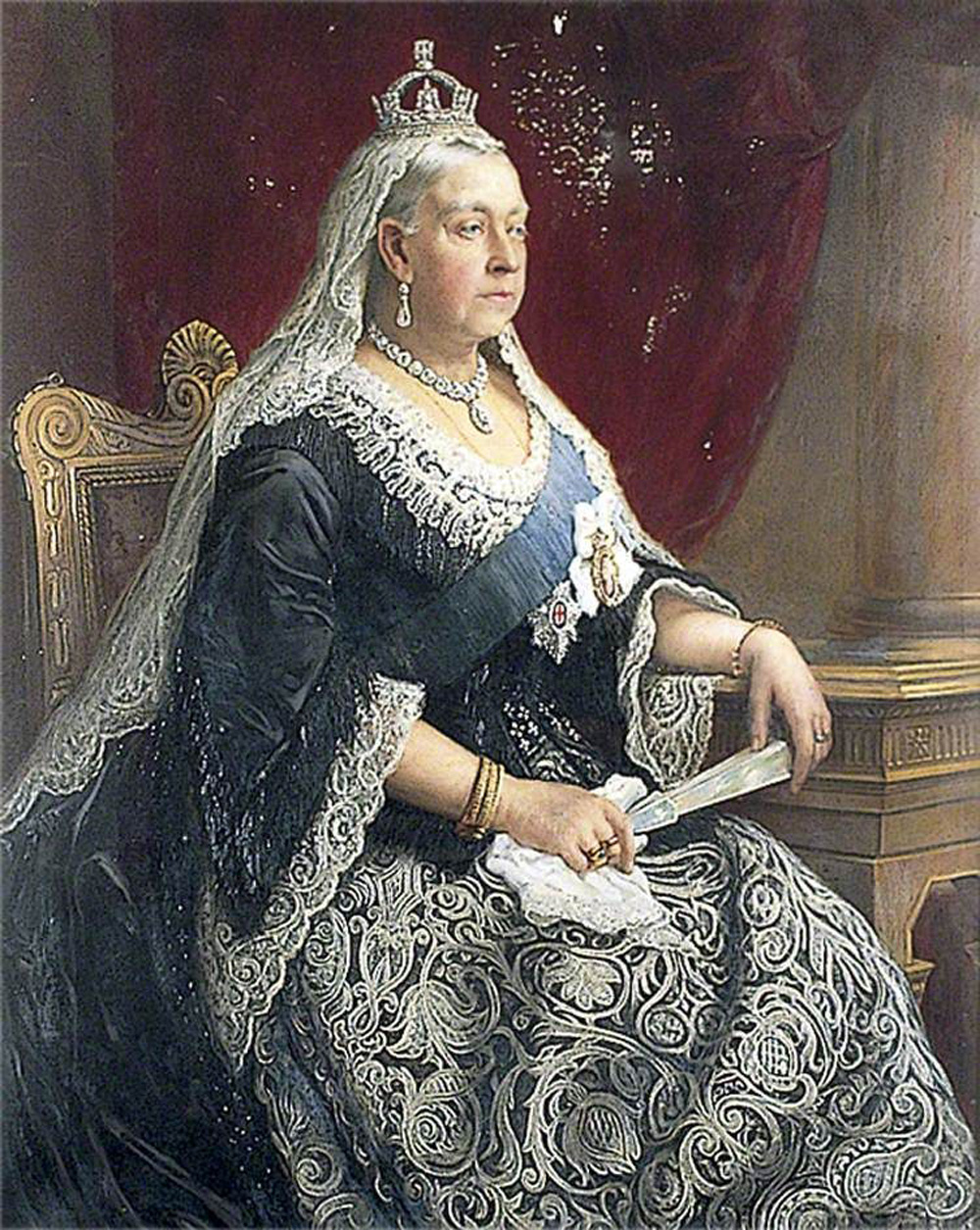
A second portrait of Queen Victoria from her diamond jubilee in 1897 was compared to the earlier portrait to show how as times changed so did the jewelry. This portrait was done years after Albert died and it was well known that Victoria remained in mourning the rest of her life. She was wearing the Lahore diamond, a 22.50-carat pear shaped stone suspended from the Coronation necklace comprised of approximately 161-carats of diamonds and a much smaller crown.
The discussion then moved on to Queen Elizabeth I, who, according to Volandes, was a master of jewelry. Jonquil O’Reilly, head of sale, Old Master Paintings, Christie’s, took over the conversation. A portrait of Queen Elizabeth I — The Ditchley Portrait — by Marcus Gheeraerts the Younger, circa 1592, started the conversation.
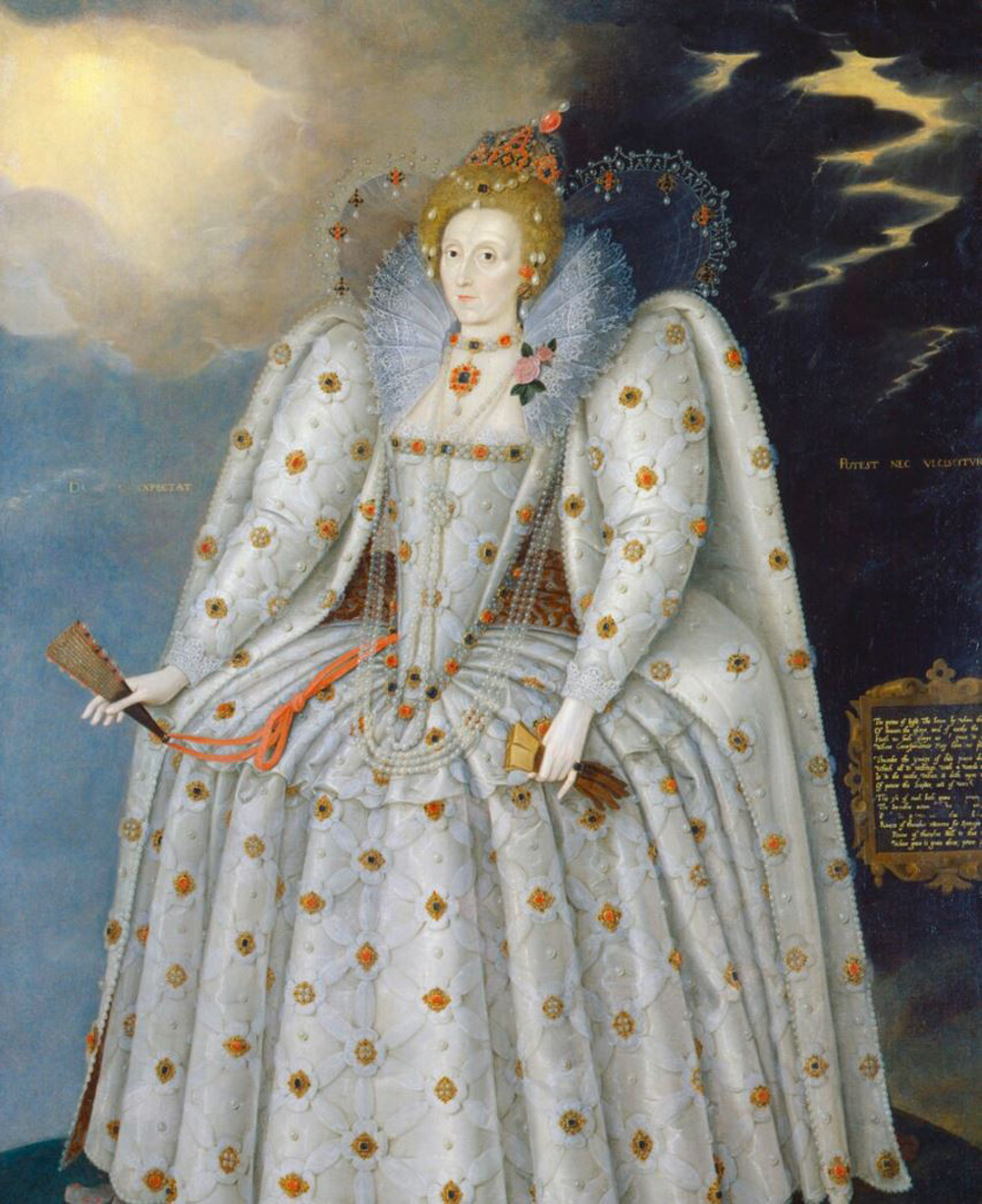
O’Reilly, who is also an expert on the history of dress in European art from 1500 to 1800, observed that Queen Elizabeth I is often associated with pearls. In the portrait, Elizabeth is literally dripping in pearls. She is wearing them in her hair and ropes of pearls fall well below her waist. As if that were not enough, pearls were applied to the fabric of her gown. “Elizabetheans thought about the cost of textiles because fabric was so expensive,” said O’Reilly. “Her gown is embroidered in jewels and she’s subtly standing on the world. She is saying ‘Not only can I afford to wear this, but it is my right to wear this’ and it points to the far reach of the empire. White signifies purity, cleanliness and Godliness. By wearing white, she says, ‘I am anointed by God’.”

The next paintings shown revealed how heavy gold chains were often worn in Renaissance paintings. Often given as gifts at court, “the gold chains were worn prominently in portraits because they were a symbol of favoritism,” O’Reilly explained.
That was also the era when rings were often stacked on various fingers as well as worn above the knuckle: Two styles that we frequently see today. O’Reilly explained that gloves were worn a lot in that era as protection, so bare hands with rings in a portrait was a strong symbol of dynasty.
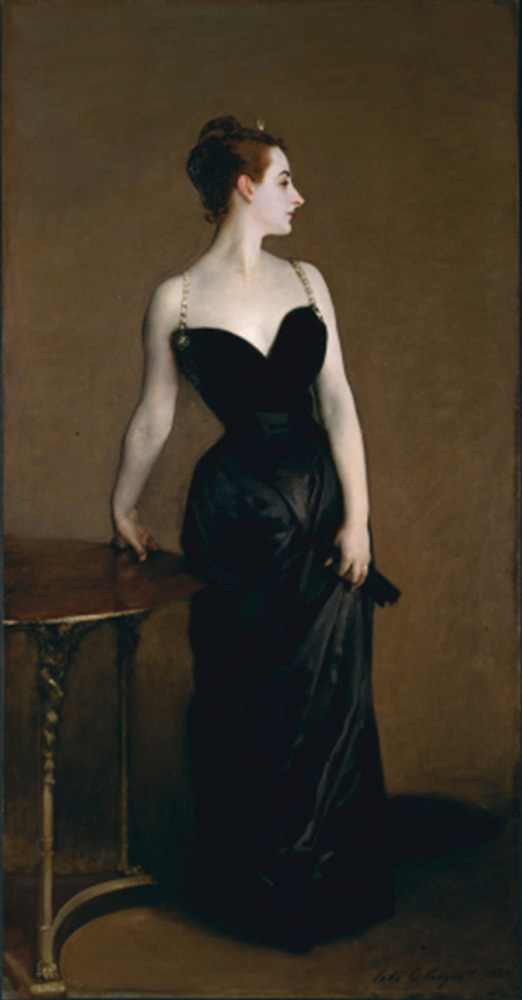
The discussion wrapped up with a look at portraits from the end of the 19th century and early 20th century. Stephanie Herdrich, assistant curator, late-19th-century American paintings and drawings at the Metropolitan Museum of Art opened the conversation of that era with a look at Madame X, by John Singer Sargent. This famous portrait caused a very big stir when it was first painted. Madame X was actually Madame Pierre Gautreau, an American married to a French banker. Herdrich points out that the dress is very unusual for the period. The top was more of a bodice and the type of apparel that an actress would have worn in that era. “There is a theory that Sargent draped bracelets over the dress to create straps,” said Herdrich. “She is also wearing a diamond crescent moon hair ornament, which is associated with Diana, Goddess of the hunt. Madame Gautreau was scandalous in this painting, but she was wearing a wedding ring, which made her respectable.”
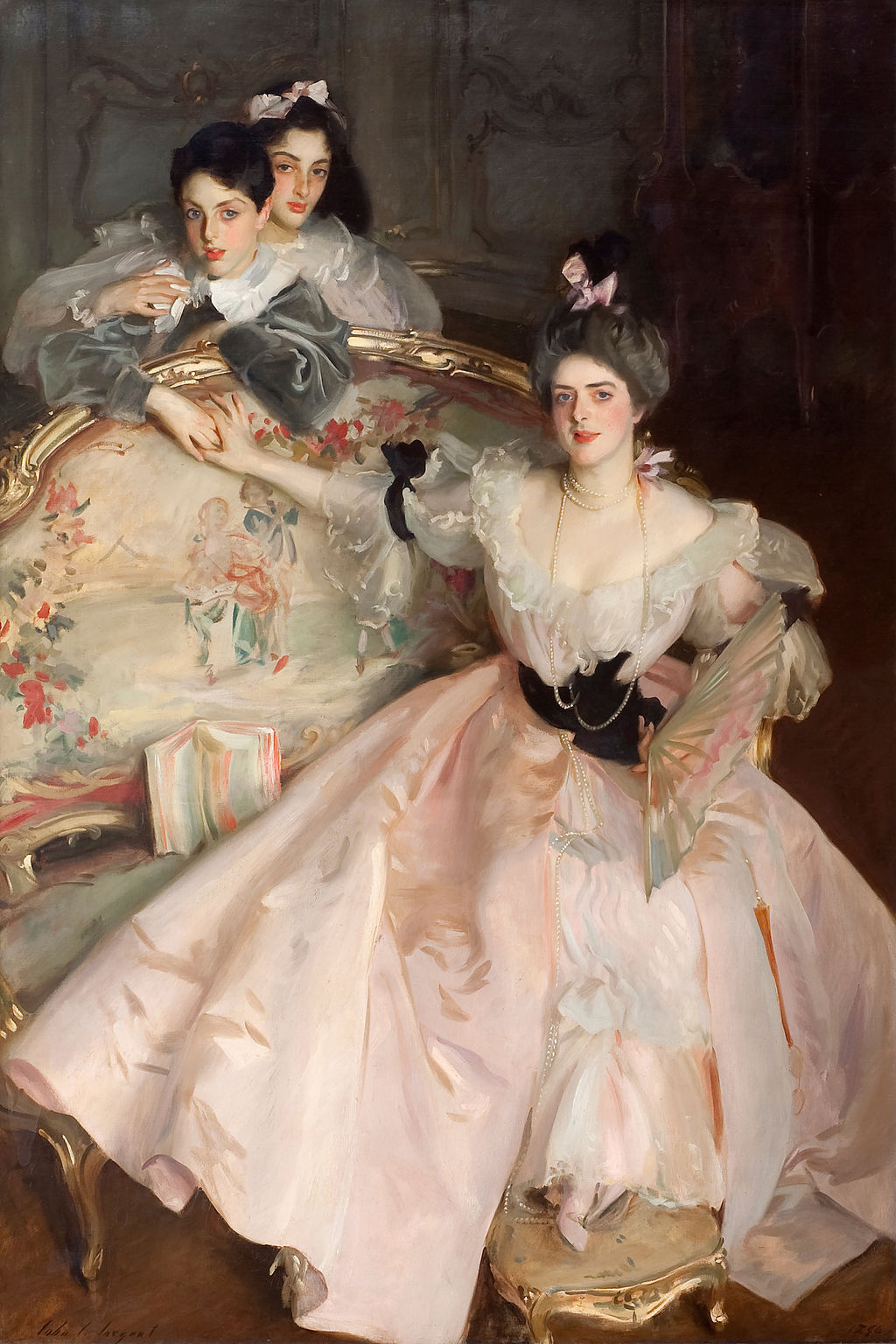
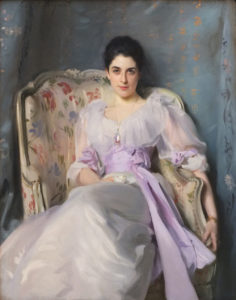 Herdrich then moved to a portrait of Mrs. Carl Meyer with her children, also by Sargent. It was done in London when Mrs. Meyer was newly arrived in society and seeking acceptance. “She is wearing pearls all the way to the floor, where they pool at her feet. She is wearing a very opulent, flamboyant dress. It showed a bit of her wanting to be part of society.”
Herdrich then moved to a portrait of Mrs. Carl Meyer with her children, also by Sargent. It was done in London when Mrs. Meyer was newly arrived in society and seeking acceptance. “She is wearing pearls all the way to the floor, where they pool at her feet. She is wearing a very opulent, flamboyant dress. It showed a bit of her wanting to be part of society.”
The next painting was a stark contrast — a portrait of Lady Agnew (right), who was wearing a subdued locket believed to have been gifted to her by her fiancé. Her only other jewelry was a gold bracelet. According to Herdrich, the lack of jewelry in this portrait makes Lady Agnew appear very confident about her place in society.
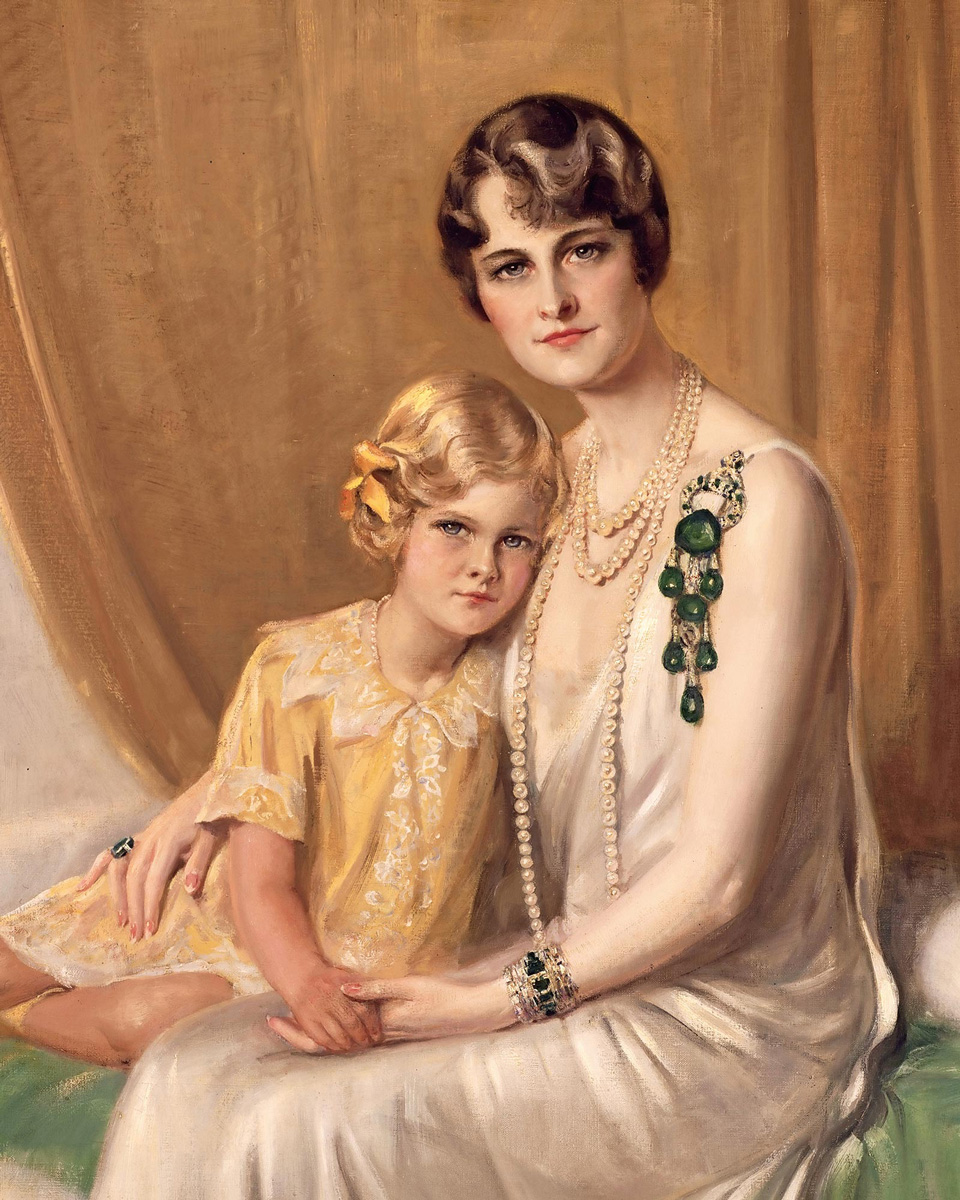
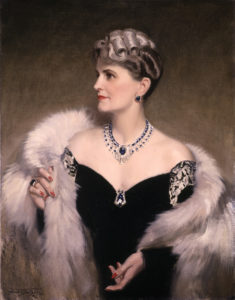 The last paintings of the conversation were of Marjorie Merriweather Post. In the first, painted by Giulio de Blaas in Italy in 1929, Mrs. Post is wearing over-the-top jewelry. A not-to-be-missed emerald brooch by Cartier London features prominently in the painting. The brooch, showcasing 250 carats of emeralds, was originally a sautoir that was refashioned by Cartier.
The last paintings of the conversation were of Marjorie Merriweather Post. In the first, painted by Giulio de Blaas in Italy in 1929, Mrs. Post is wearing over-the-top jewelry. A not-to-be-missed emerald brooch by Cartier London features prominently in the painting. The brooch, showcasing 250 carats of emeralds, was originally a sautoir that was refashioned by Cartier.
The next painting, a portrait by Frank O. Salisbury (right), showed her in a more “subdued” light. She was wearing a necklace featuring a 38-carat Burma sapphire made by combining two Cartier bracelets. “She shows power, but she is not trying too hard,” said Herdrich.
At the end of the discussion, Volandes concluded that, “Jewelry is always an expression of the time in which it was created. It’s a cultural artifact.”

